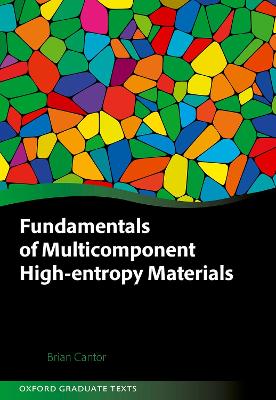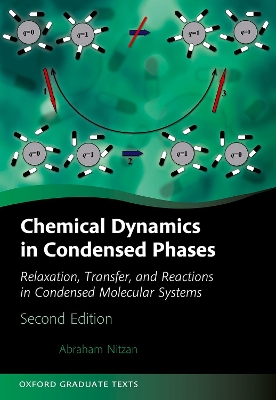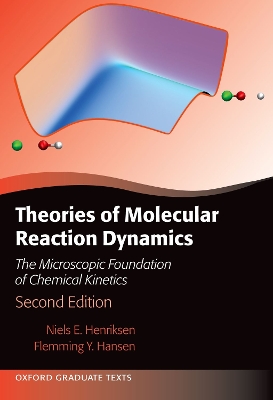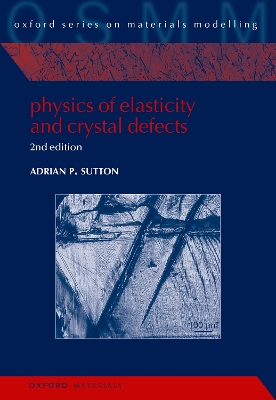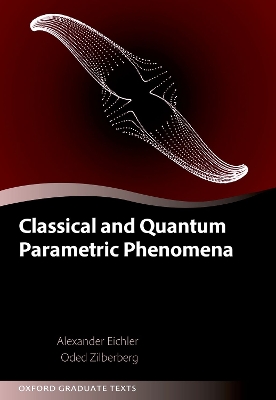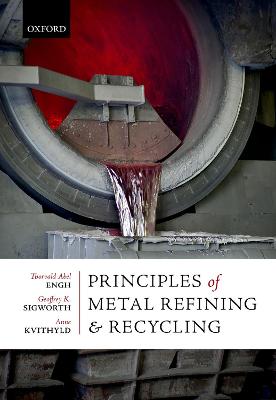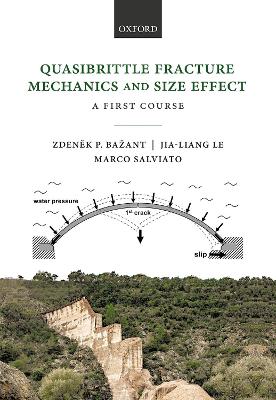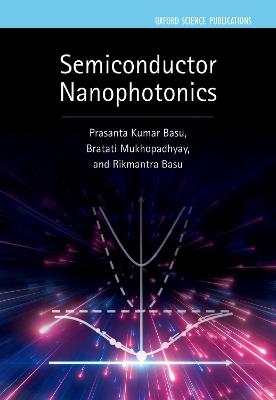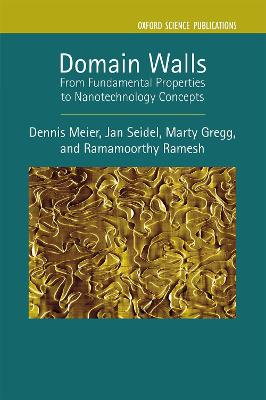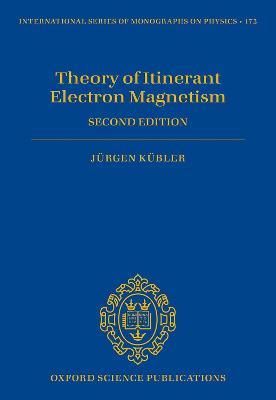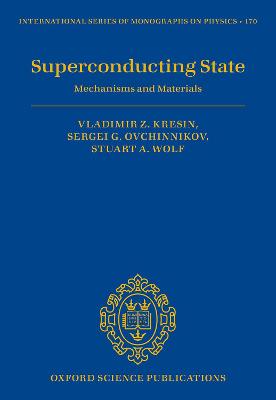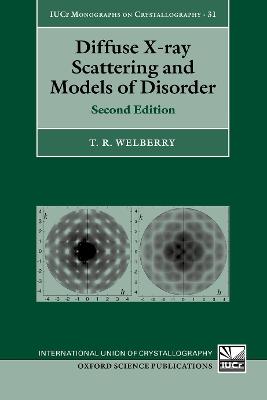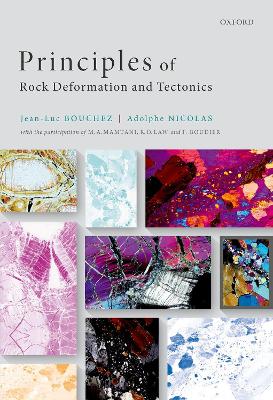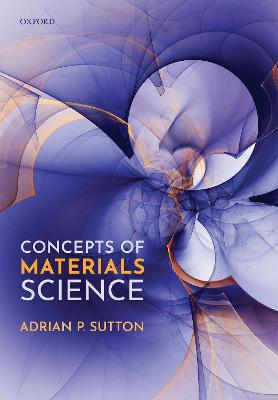Theory and Application of Quantum-Based Interatomic Potentials in Metals and Alloys
 -10%
portes grátis
-10%
portes grátis
Theory and Application of Quantum-Based Interatomic Potentials in Metals and Alloys
Moriarty, Dr John A.
Oxford University Press
08/2023
592
Dura
Inglês
9780198822172
15 a 20 dias
1.1 Why quantum-based interatomic potentials?
1.2 Basic concepts and nomenclature
1.3 Failure of pure pair potentials in metals
1.4 Guiding principles in metals for quantum-based potentials
2: Fundamental Principles in Metals Physics
2.1 Born-Oppenheimer or adiabatic approximation
2.2 Density functional theory
2.3 Small-core approximation and the valence binding energy in metals
2.4 Guidance from the DFT electronic structure: simple metals vs. d-band metals
2.5 Weak pseudopotentials and perturbation theory for simple metals
2.6 Localized d-states for the narrow d bands in transition-series
2.7 Generalized pseudopotential theory for d-band metals
3: Interatomic Potentials in Simple Metals
3.1 Simple-metal cohesive-energy functional in DFT
3.2 Self-consistent electron screening
3.3 Evaluation of the energy-wavenumber characteristic and volume term
3.4 First-principles pair potentials for simple metals
3.5 Long-range Friedel oscillations and materials application
3.6 Higher-order corrections
4: Interatomic Potentials in Metals with Empty or Filled d Bands
4.1 Inclusion of sp-d hybridization and d-state overlap in the GPT cohesive- energy functional
4.2 Zero-order pseudoatoms and optimized d basis states
4.3 Modified FDB-GPT treatment for the special case of the noble metals
4.4 Alternate resonant model potential approach
4.5 Trends in first principles pair potentials with atomic number and volume
5: Interatomic Potentials in Transition Metals
5.1 GPT multi-ion potentials for metals with partially-filled d bands
5.2 Simplified MGPT potentials for robust atomistic simulations
5.3 Bond-order potentials for transition metals
5.4 Inclusion of magnetism in bond-order and MGPT potentials
6: Structural Phase Stability and High-Pressure Phase Transitions
6.1 Useful basic concepts and computational tools
6.2 QBIP-predicted structures and structural energies of the elements
6.3 High-pressure phase stability and pressure-induced phase transitions
7: Elastic Moduli and Phonons
7.1 Quasihamonic lattice dynamics for QBIP applications
7.2 Calculated qusiharmonic phonon spectra for elemental metals
7.3 Elastic moduli for QBIP applications
7.4 Thermodynamic properties in the QHLD limit
7.5 Temperature-induced solid-solid phase transitions
8: High-Temperature Properties, Melting and Phase Diagrams
8.1 Important QBIP computational tools at high temperature
8.2 Equation of state and high-temperature thermodynamic properties
8.3 Melting and the pressure-temperature phase diagram
8.4 Rapid solidification and polymorphism in transition metals
9: Defects and Mechanical Properties
9.1 Point defect formation and migration energies
9.2 Salient elastic and deformation properties of bcc transition metals
9.3 Screw dislocation atomic structure and mobility in bcc transition metals
9.4 Multiscale modeling of single-crystal plasticity in bcc transition metals
9.5 Grain-boundary atomic structure in bcc transition metals
9.6 Defect properties in fcc transition metals
10: Alloys and Intermetallic Compounds
10.1 General constraints with composition as an independent environmental variable
10.2 Nontransition-metal binary alloys and compounds
10.3 Transition-metal aluminides and their phase diagrams
10.4 The special case of Ca-Mg
10.5 BOP treatment of transition-metal aluminides: TiAl
10.6 Treating pure transition-metal alloys with the MGPT
11: Local Volume Effects on Defects and Free Surfaces
11.1 Local-density representations of the GPT and their application
11.2 First-principles forces and stresses: the aGPT
12: Extension to f-Band Actinide Metals and p-Band Simple Metals
12.1 Localized p and f basis states in the GPT
12.2 MGPT representations of the early actinide metals U and Pu
13: Interatomic Potentials with Electron Temperature
13.1 Some perspective on the importance of in transition-metal melting
13.2 Extending the first-principles GPT to finite electron temperature
13.3 Temperature-dependent MGPT potentials and the simulation of melt for Mo
Appendix A1. Units, Conversion Factors and Useful Physical Data
Appendix A2. Additional Elements of Generalized Pseudopotential Theory
Glossary of Acronyms and Abbreviations
Bibliography
Subject Index
1.1 Why quantum-based interatomic potentials?
1.2 Basic concepts and nomenclature
1.3 Failure of pure pair potentials in metals
1.4 Guiding principles in metals for quantum-based potentials
2: Fundamental Principles in Metals Physics
2.1 Born-Oppenheimer or adiabatic approximation
2.2 Density functional theory
2.3 Small-core approximation and the valence binding energy in metals
2.4 Guidance from the DFT electronic structure: simple metals vs. d-band metals
2.5 Weak pseudopotentials and perturbation theory for simple metals
2.6 Localized d-states for the narrow d bands in transition-series
2.7 Generalized pseudopotential theory for d-band metals
3: Interatomic Potentials in Simple Metals
3.1 Simple-metal cohesive-energy functional in DFT
3.2 Self-consistent electron screening
3.3 Evaluation of the energy-wavenumber characteristic and volume term
3.4 First-principles pair potentials for simple metals
3.5 Long-range Friedel oscillations and materials application
3.6 Higher-order corrections
4: Interatomic Potentials in Metals with Empty or Filled d Bands
4.1 Inclusion of sp-d hybridization and d-state overlap in the GPT cohesive- energy functional
4.2 Zero-order pseudoatoms and optimized d basis states
4.3 Modified FDB-GPT treatment for the special case of the noble metals
4.4 Alternate resonant model potential approach
4.5 Trends in first principles pair potentials with atomic number and volume
5: Interatomic Potentials in Transition Metals
5.1 GPT multi-ion potentials for metals with partially-filled d bands
5.2 Simplified MGPT potentials for robust atomistic simulations
5.3 Bond-order potentials for transition metals
5.4 Inclusion of magnetism in bond-order and MGPT potentials
6: Structural Phase Stability and High-Pressure Phase Transitions
6.1 Useful basic concepts and computational tools
6.2 QBIP-predicted structures and structural energies of the elements
6.3 High-pressure phase stability and pressure-induced phase transitions
7: Elastic Moduli and Phonons
7.1 Quasihamonic lattice dynamics for QBIP applications
7.2 Calculated qusiharmonic phonon spectra for elemental metals
7.3 Elastic moduli for QBIP applications
7.4 Thermodynamic properties in the QHLD limit
7.5 Temperature-induced solid-solid phase transitions
8: High-Temperature Properties, Melting and Phase Diagrams
8.1 Important QBIP computational tools at high temperature
8.2 Equation of state and high-temperature thermodynamic properties
8.3 Melting and the pressure-temperature phase diagram
8.4 Rapid solidification and polymorphism in transition metals
9: Defects and Mechanical Properties
9.1 Point defect formation and migration energies
9.2 Salient elastic and deformation properties of bcc transition metals
9.3 Screw dislocation atomic structure and mobility in bcc transition metals
9.4 Multiscale modeling of single-crystal plasticity in bcc transition metals
9.5 Grain-boundary atomic structure in bcc transition metals
9.6 Defect properties in fcc transition metals
10: Alloys and Intermetallic Compounds
10.1 General constraints with composition as an independent environmental variable
10.2 Nontransition-metal binary alloys and compounds
10.3 Transition-metal aluminides and their phase diagrams
10.4 The special case of Ca-Mg
10.5 BOP treatment of transition-metal aluminides: TiAl
10.6 Treating pure transition-metal alloys with the MGPT
11: Local Volume Effects on Defects and Free Surfaces
11.1 Local-density representations of the GPT and their application
11.2 First-principles forces and stresses: the aGPT
12: Extension to f-Band Actinide Metals and p-Band Simple Metals
12.1 Localized p and f basis states in the GPT
12.2 MGPT representations of the early actinide metals U and Pu
13: Interatomic Potentials with Electron Temperature
13.1 Some perspective on the importance of in transition-metal melting
13.2 Extending the first-principles GPT to finite electron temperature
13.3 Temperature-dependent MGPT potentials and the simulation of melt for Mo
Appendix A1. Units, Conversion Factors and Useful Physical Data
Appendix A2. Additional Elements of Generalized Pseudopotential Theory
Glossary of Acronyms and Abbreviations
Bibliography
Subject Index

